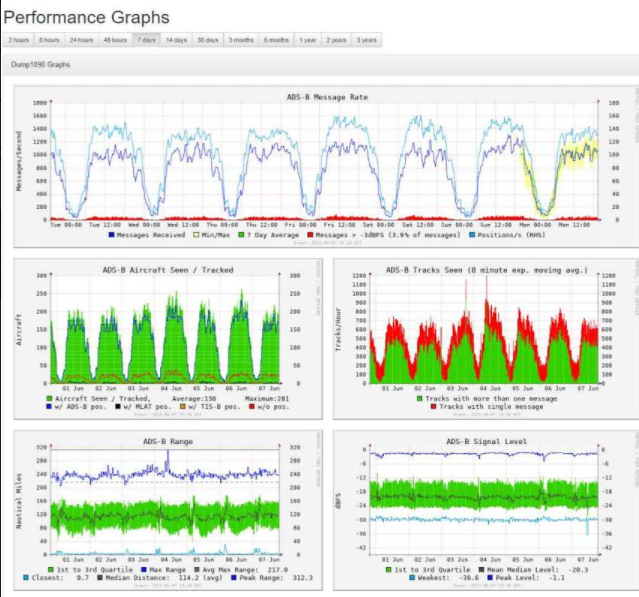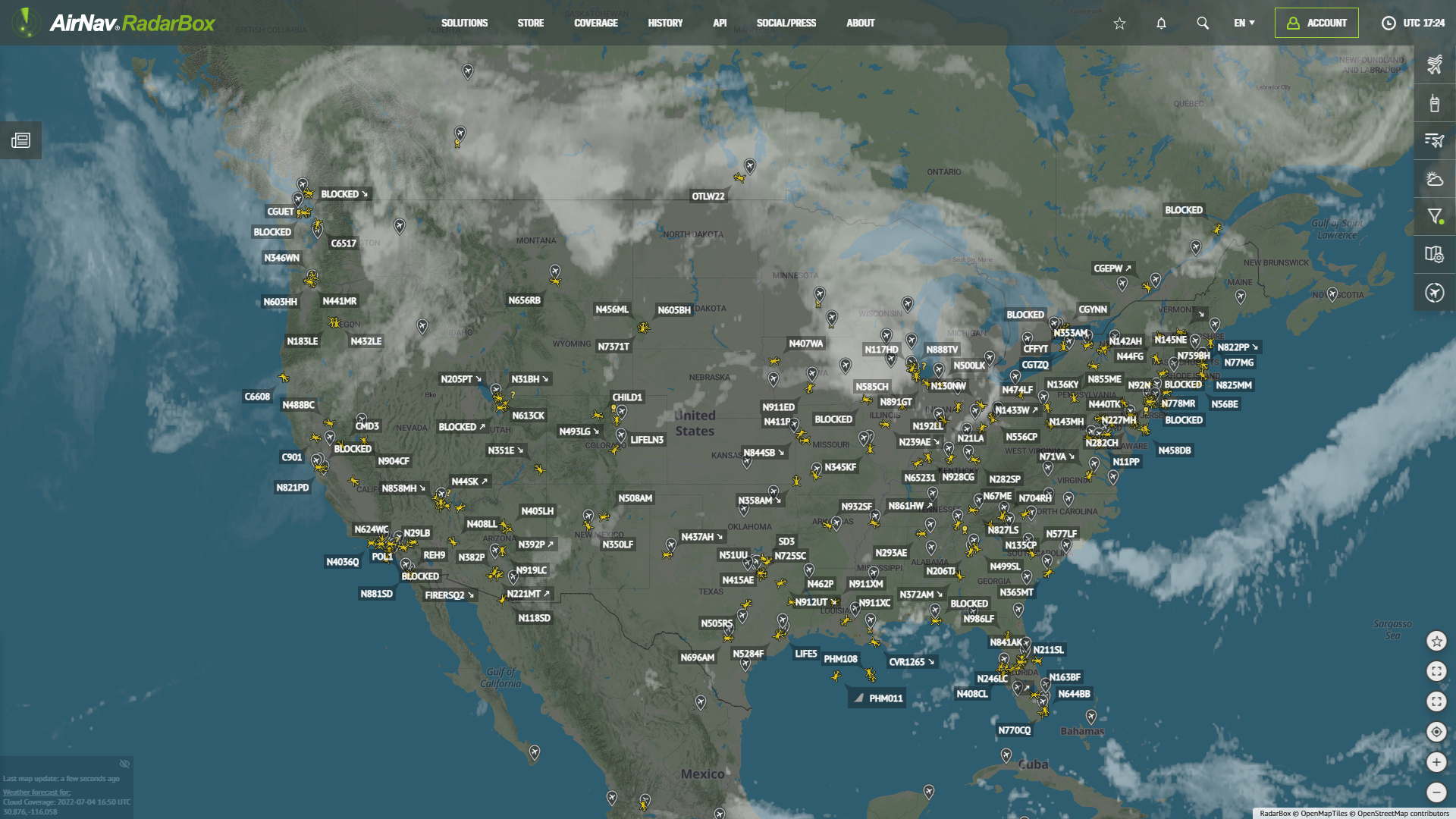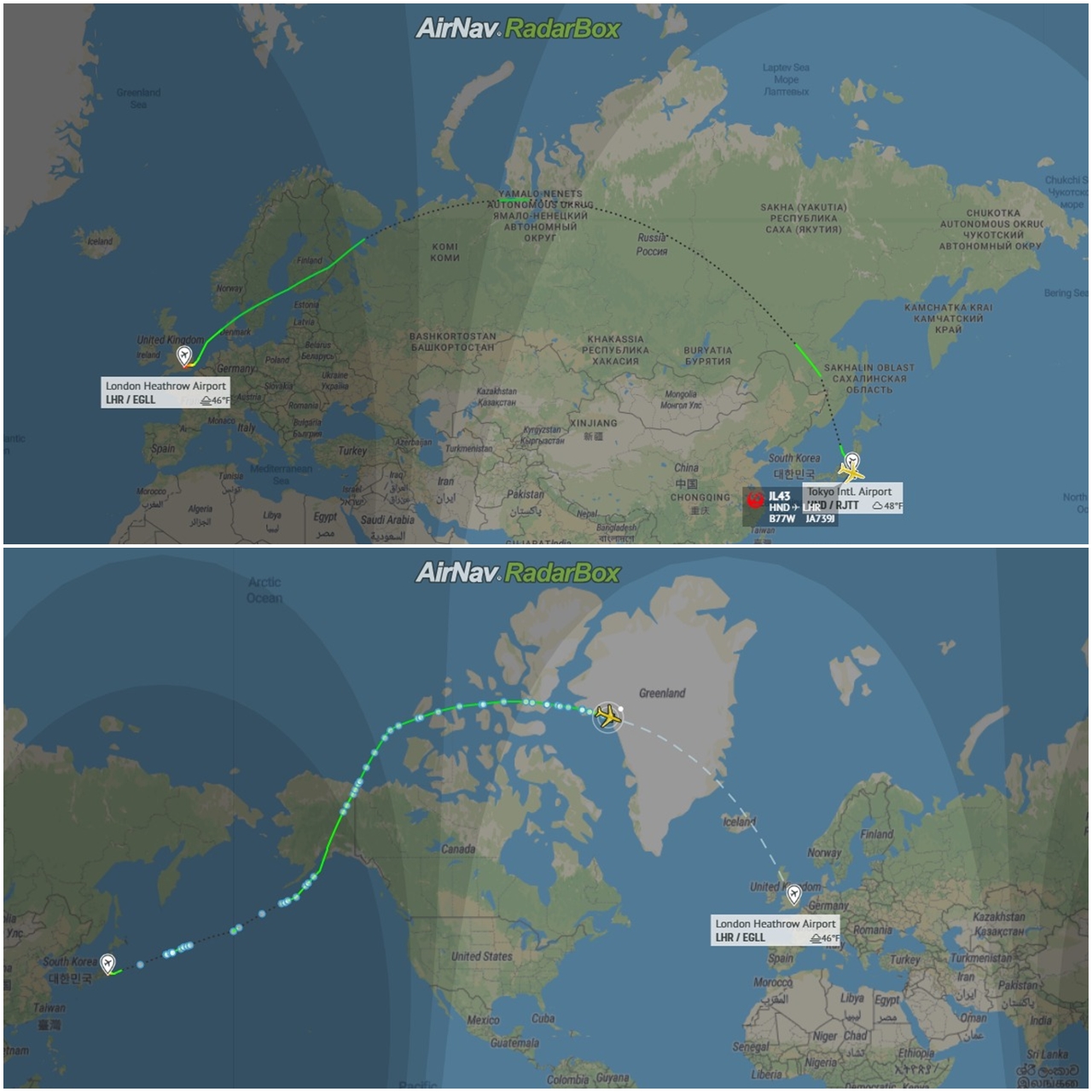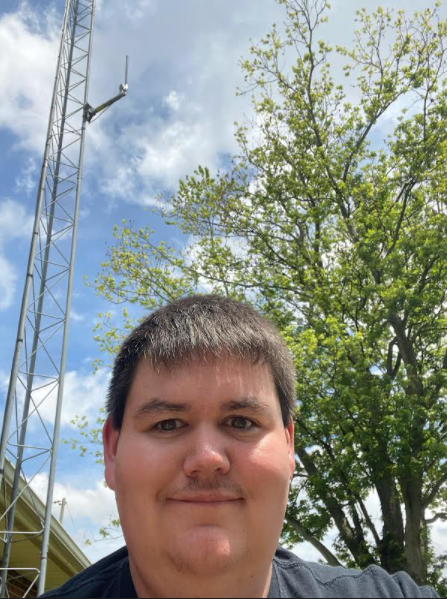AirNav RadarBox Featured ADS-B Station June 2021 - Matthew McCutcheon
The Image Above: Matthew taking a selfie with his RadarBox setup.
AirNav RadarBox's Featured ADS-B Station for June 2021 goes to Matthew McCutcheon (Station Number EXTRPI001525) based in South Charleston, United States.
His equipment to provide ADS-B data is the following:
- FlightAware Antenna
- Uptronics Filtered Preamp
- RadarBox 1090mhz Filter
- Receiver hooked up to a Raspberry Pi 3 B+.
We got to sit down with Matthew where we discussed his setup as well as RadarBox itself.
RadarBox: Who are you, and how long have you been a feeder for RadarBox?
Matthew: My name is Matthew McCutcheon, I am 36 years old, and I have been a RadarBox feeder for a couple of years now.
The Image Above: Matthew's equipment is connected to his basement.
Although I had been feeding for a while, my range wasn’t very great until I got serious and installed an outdoor antenna in September of 2020.
My father helped greatly as well as he has quite a bit of knowledge in the radio realm.
RadarBox: What advice do you have for other feeders regarding setup or mounting?
Matthew: I think my best advice would be to make sure you use the best cable possible from the antenna to the receiver and since ADS-B is a line of sight, get the antenna up as high as possible.
If you have a lot of high terrain in your area, height is your best friend. My setup is somewhat terrain limited towards the southwest but I’m unable to get my antenna much higher.
The Image Above: Matthew's antenna to receive aircraft is on a tower.
It’s also important to protect connections against the weather and UV rays as well for longevity. Make sure your connections are nice and tight.
Try to keep your equipment cool and ensure it’s solidly mounted. Even if you cannot have an outdoor antenna and a 250nm range, every feeder’s data matters and contributes.
A stable internet and power connection are also important. My receiver is POE powered and plugged into a UPS and the house is on a standby generator so power outages aren’t an issue.
When not home I can remotely log into the Raspberry Pi if any problems were to arise but it has been incredibly stable thus far.
RadarBox: How did you find out about us?
The Image Above: Matthew's radar display from his station EXTRPI001525.
Matthew: I discovered RadarBox after being curious about a low flying airliner one day and wondering who they were and where they were going.
After a quick Google search for flight tracking, I found RadarBox and then discovered ADS-B feeding and that I could be a part of it for a fairly low cost and learn some things along the way.
RadarBox: What is the best thing about having a RadarBox station?
Matthew: The best thing about having a RadarBox station is that I get to contribute to the flight tracking community and be a part of something that can help others.

The Image Above: Matthew's performance graphs from his ADS-B station.
I have also learned so much about the Raspberry Pi and radio that I probably wouldn’t have otherwise had the chance to experience.
RadarBox: What is the most unique movement you have seen from your station?
Matthew: I don’t think I have noticed one particular unique movement other than the increase in traffic as the pandemic restrictions have relaxed but I enjoy looking at the map and seeing aircraft lined up on the arrival (STAR) routes during busy times of the day.
I also enjoy seeing what “this” helicopter is or where “that” airplane is going.
Congratulations to Matthew for being the featured station for this month. If you are interested in being showcased on a blog post like this, be sure to email our Marketing Analyst James Field via email at [email protected]
READ NEXT...
 78417
78417Tracking Helicopters With RadarBox
Today we'll explore how to filter and track helicopters on RadarBox.com. Read this blog post to learn more... 21757
21757Replay Past Flights with Playback
AirNav RadarBox officially launches the playback function on RadarBox.com, allowing users to replay the air traffic for a specific date and time in the past, within a 365-day period. Read our blog post to learn more about this feature. 12857
12857Some airlines are flying longer than usual
Following the war in Ukraine and the airspace restrictions due to the Ukraine-Russia conflict, several airlines have been experiencing increased operating costs with detours and consequently longer flights, generating more costs. Read our blog post to find out more!




